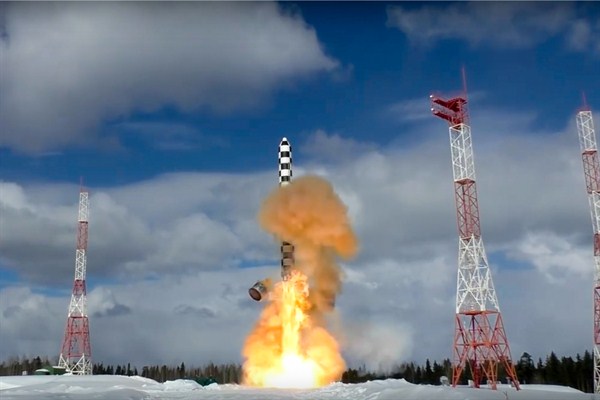On Feb. 2, the United States formally declared its intention to withdraw from the Intermediate-Range Nuclear Forces, or INF, treaty. The official declaration, which had been signaled by the Trump administration well in advance, set the clock ticking: Unless Russia unexpectedly returns to full and verifiable compliance with the treaty through the destruction of all its INF-violating missile systems, the U.S. withdrawal will become effective in early August. The formal termination of the treaty will have wide-ranging implications for European security, the U.S. military force posture in Europe, NATO deterrence and defense policy, and arms control.
For over 30 years, the INF treaty has been an enduring symbol of the Cold War’s denouement. When the Soviet Union and the U.S. signed the treaty in 1987, it effectively ended a buildup of ground-launched ballistic and cruise missiles with short to intermediate ranges, defined as 500 to 5,500 kilometers. Since then, around 2,700 missiles, most of which would have been deployed on the European continent, have been eliminated, making the INF a foundational arms control agreement.
In examining the implications of the treaty’s demise, a good place to start is the question of why Russia decided to violate it in the first place by developing and fielding the 9M729 missile system, known in the West by its NATO codename SSC-8. From a purely military perspective, one could point to three main advantages that possessing INF-banned land-based intermediate-range missiles would confer. First, they would enhance Russian defenses against an increasingly powerful Chinese military in its Far East. Second, they would give Russia options in the event that the U.S. expands its advantage in the development of hypersonic weapons. Third, and probably most important, they would help Russia redress its considerable airpower disadvantage relative to the U.S. and NATO. The Russian political and defense establishment has understood all these elements well for years and been keen to undercut the treaty.

